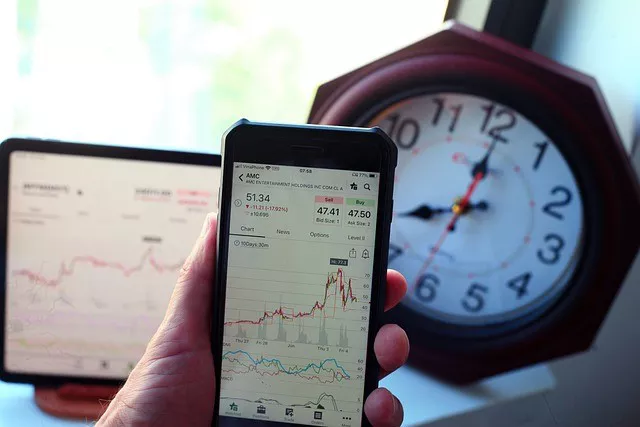The global financial markets offer a plethora of investment opportunities, and one of the most esteemed assets is gold. Renowned for its intrinsic value and historical significance, gold has long been considered a safe haven investment. While physical ownership of gold remains popular, trading gold futures contracts has emerged as a popular alternative. In this article, we will delve into the intricacies of the current gold futures contract, exploring its definition, mechanics, and significance in the financial landscape.
Defining the Gold Futures Contract:
A futures contract is a standardized agreement between two parties to buy or sell an asset, in this case, gold, at a predetermined price and specified future date. The gold futures contract is traded on various commodities exchanges worldwide, with the most prominent being the COMEX division of the New York Mercantile Exchange (NYMEX).
Contract Specifications:
- Contract Size: The gold futures contract represents the delivery of 100 troy ounces (approximately 3.11 kilograms) of 24-karat gold.
- Price Quotation: Gold futures are quoted in U.S. dollars per troy ounce, with a minimum price fluctuation known as the “tick size.”
- Contract Months: The gold futures market typically offers contracts with expiration months spread throughout the year, providing traders with ample opportunities for short-term and long-term positions.
- Margin Requirements: Traders are required to deposit a specific amount of capital, known as margin, to initiate and maintain positions in gold futures contracts. Margin requirements vary based on exchange regulations and market conditions.
Trading and Settlement:
Trading gold futures contracts primarily occurs on electronic trading platforms, allowing participants to access the market and execute trades globally. Market participants include institutional investors, hedge funds, speculators, and individual traders seeking exposure to the gold market.
Settlement of gold futures contracts can occur in two ways:
- Physical Delivery: Participants who hold contracts until expiration can take physical delivery of the gold bullion specified in the contract. However, the majority of futures contracts are closed out or rolled over before reaching the delivery stage.
- Cash Settlement: Instead of taking physical delivery, traders may choose to settle their positions in cash. Cash settlement is determined by the difference between the contract price and the prevailing market price at expiration.
Factors Influencing Gold Futures Prices:
A multitude of factors impact gold futures prices, including:
- Supply and Demand: The dynamics of global gold supply and demand play a crucial role in price fluctuations. Factors such as mine production, central bank reserves, and jewelry demand influence the supply side, while investment demand, geopolitical tensions, and inflation concerns impact the demand side.
- Macroeconomic Factors: Economic indicators such as interest rates, inflation rates, and GDP growth significantly influence gold futures prices. Gold is often viewed as a hedge against inflation and currency fluctuations, making it attractive during periods of economic uncertainty.
- Currency Movements: Gold prices are inversely correlated with the strength of major currencies, particularly the U.S. dollar. A weaker dollar tends to increase gold prices, as it makes the commodity more affordable for investors holding other currencies.
Significance of Gold Futures Contracts:
Gold futures contracts hold substantial importance in the financial landscape for several reasons:
- Price Discovery: The gold futures market provides a platform for price discovery, reflecting market sentiment and expectations. The transparent and regulated nature of futures trading ensures fair and efficient price determination.
- Risk Management: Gold futures enable market participants to hedge against adverse price movements. Gold producers, jewelry manufacturers, and institutional investors can use futures contracts to manage their exposure to gold price volatility, thereby reducing financial risks.
- Speculation and Investment: Gold futures also serve as vehicles for speculation and investment. Traders and investors can profit from price movements in the gold market without physically owning the metal, enhancing market liquidity and participation.
Conclusion:
The current gold futures contract is a vital component of the global financial markets, providing investors with a means to gain exposure to the gold market and manage price risks. Its standardized nature, robust trading platforms, and potential for cash settlement make it an attractive instrument for a wide range of market participants. Understanding the mechanics and significance of the gold futures contract is essential for anyone seeking to navigate the complex world of commodities trading and capitalize on the fluctuations of this precious metal.


